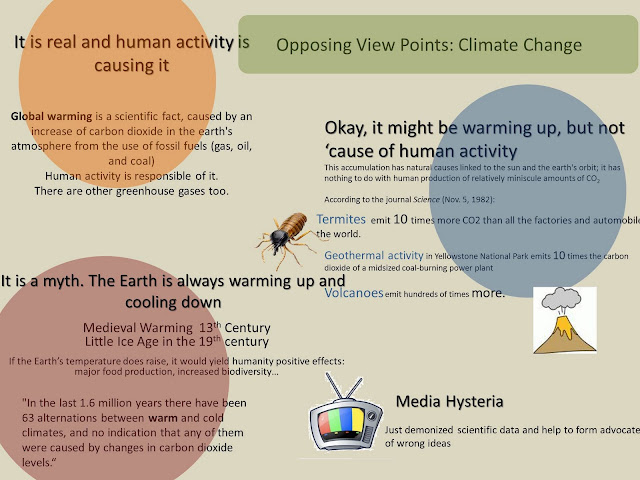When there are no more animals of a particular species left alive, that species is said to be extinct.
In the distant past, several species of animals became extinct through natural causes. There might have been a change in the climate of a particular region, and the plants or animals on which the species lived could have died out because of the change in the weather. Or one animal might have been destroyed by another that was stronger or faster.
But ever since human beings have been on Earth, and especially in the last hundred years, animal species have become extinct because of hunting, pollution, or the destruction of the places where they live.
So many animals are now in danger of extinction that a list is kept in a Red Book. unfortunately, the list gets longer every year.
Characteristics of animals prone to extinction
Endemic species
- Low reproductive rate
- Specialized niche
- Feeds at high trophic level
- Fixed migratory level
- Commercially valuable
Invasive species vs. Ecosystem
Invading species success because:
- High reproductive rate
- Wide life span
- High dispersion rate
The new ecosystem is adequate because there are not direct depredators, the climate conditions are the correct ones.
Disadvantages:
- You just focus your efforts in just one species
- Not holistic
- ‘Cause not all the variable are considered you could miss a higher priority
- Connections between species, biotic and abiotic factor cannot be ignored

